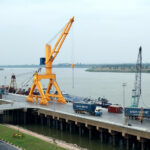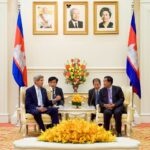SMEs policy and regulation
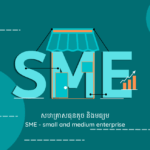
The Covid-19 pandemic has caused a major economic shock in Cambodia, having a spillover on Cambodian micro, small and medium enterprises (MSMEs) and small household farmers’ survival and business continuity.1 Digital technologies are crucial during the pandemic, in which the owners of SMEs should focus ...
Pollution and waste
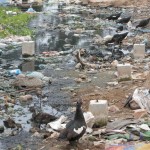
The rapid economic and population growth in Cambodia is leading to significant environmental pollution. The economic development activities have generated major environmental consequences, including air pollution, water pollution, noise pollution and solid wastes. ...
SDG 18 Cambodia mine/ERW free
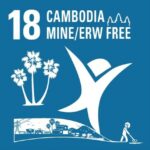
Cambodia has added an 18th goal to its localized version of the Sustainable Development Goals (SDGs) – “End the negative impact of mines/ERW and promote victim assistance”.77 The SDGs were adopted by all United Nations member states in 2015 as a universal call to action ...
Procurement
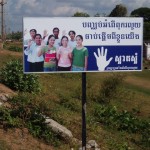
“Stopping corruption may start from us” (Khmer version on Clean Hand poster), in Kratie province, Cambodia. Photo by World Bank Photo Collection, taken on November 22, 2006. Licensed under CC BY-NC-ND 2.0In Cambodia, the activities of buying goods, construction work, repairs, and services and consultation ...
Labor

Garment workers waiting in line to get food. Photo by International Labour Organisation, taken on 14 July 2015. Licensed under CC BY-NC-ND 2.0.Cambodia has the highest labor force participation rate in the Southeast Asia/Pacific region, with 82.7 percent of the working population aged 16-64 employed ...
Marine and coastal areas
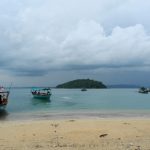
In terms of attractiveness, one of Cambodia’s assets is the relative absence of intense development along its coasts, in comparison with neighboring countries. The 440 kilometer-long coastline includes a large area of non-urbanized zones, where locals can make their livelihoods from coastal resources. Cambodia’s coastline ...
Sugarcane
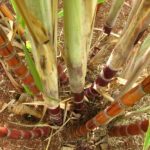
Growth in sugar production in Cambodia has created significant potential for sugarcane-based biofuel production. That potential has not yet been realized, though recent foreign investment may give rise to change. There are several types of sugar crop: sugarcane, sugar palm trees and sugar beets. Sugarcane ...
SDG 2 Zero hunger
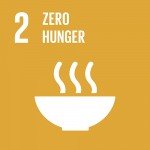
Sustainable Development Goal 2 (SDG 2) seeks to “end hunger, achieve food security and improved nutrition and promote sustainable agriculture”, ensuring universal access to safe, nutritious and sufficient food for everyone at all times. Likewise, it provides a much more comprehensive approach to the issue ...
Wild capture commercial fishing and natural fisheries
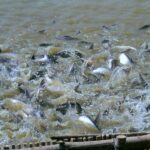
The fishes on Tonle Sap Lake, Cambodia. Photo by llee Wu, taken on 10 September 2010. Licensed under CC BY-ND 2.0The 2006 Fisheries Law classifies fishing activity into three broad categories: family or subsistence, small-scale and commercial.Commercial fishing is allowed only in the open season ...
Non-renewable energy production
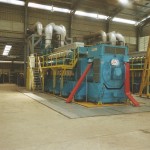
Non-renewable energy sources are chiefly fossil fuels such as coal, diesel, oil and gas. They provide most of Cambodia’s locally-produced electrical supply – in 2011 diesel and heavy fuel oil generators provided 89% of local electricity generation. ...
Garments and textiles
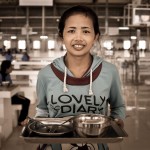
The garment industry has rooted in Cambodia earlier than the footwear industry. As a result of trade privileges given by the U.S. and EU, both industries have blossomed. As of 2013, the garment and footwear industries were accountable for about 80 percent of Cambodia’s total ...
Types of state-protected areas
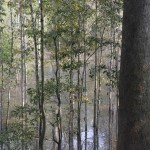
Flooded forest in Cambodia. Photo by Andrea Kirkby, taken 11 May 2014. Licensed under CC BY-NC 2.0.A 1993 royal decree designated 23 protected areas covering about 3,273,300 ha, equal to around 18% of the country’s total land area, and brought them under the jurisdiction of the Ministry ...
SDG 15 Life on land
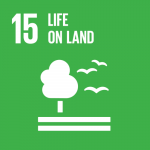
SDG 15 focuses on the sustainable use of terrestrial (land-based) biodiversity and ecosystems such as forests, grasslands, deserts and mountains and their interaction with freshwater systems. It aims to protect and restore their ecological function. The work includes applying sustainable land and forest management practices and ...
Labor policy and administration
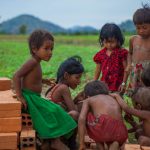
Children working with bricks, Cambodia. Photo by Sodanie Chea, take on 6 June 2013. Licensed under CC BY 2.0Cambodia has a total population of slightly over 15 million, most of whom are under the age of 30. An estimated 250,000 people enter the job market ...
Forest cover reporting
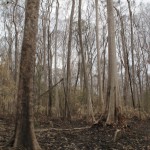
Forest cover is the area of land covered by tree canopy. Measuring and reporting this can show the different types of forest that exist and the areas of each, and how these areas change over time. ...
Deforestration drivers
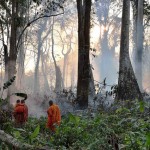
Deforestation has been one of the most significant changes the Cambodian landscape has undergone in recent decades. Key drivers of this process have been land concessions and subsequent land conversion, and large-scale illegal logging. ...
Social development
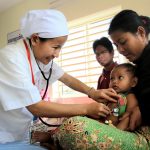
A trained medical staff listens to the heartbeat of an infant at 16 Makara hospital in Preah Vihear, Cambodia. Photo by The World Bank, taken on 30 January 2013. Licensed under CC BY-NC-ND 2.0.Social development addresses profound social problems,551 especially poverty, unemployment and social exclusion, ...
Higher education

Higher education, in general, refers to education beyond the secondary level. Higher education institutions (HEIs) in Cambodia can be classified into three categories: The Royal Academy, university, and college. Cambodia’s higher education consists of an associate degree, four years of undergraduate education, two years of ...


